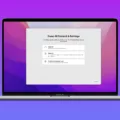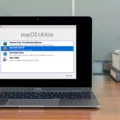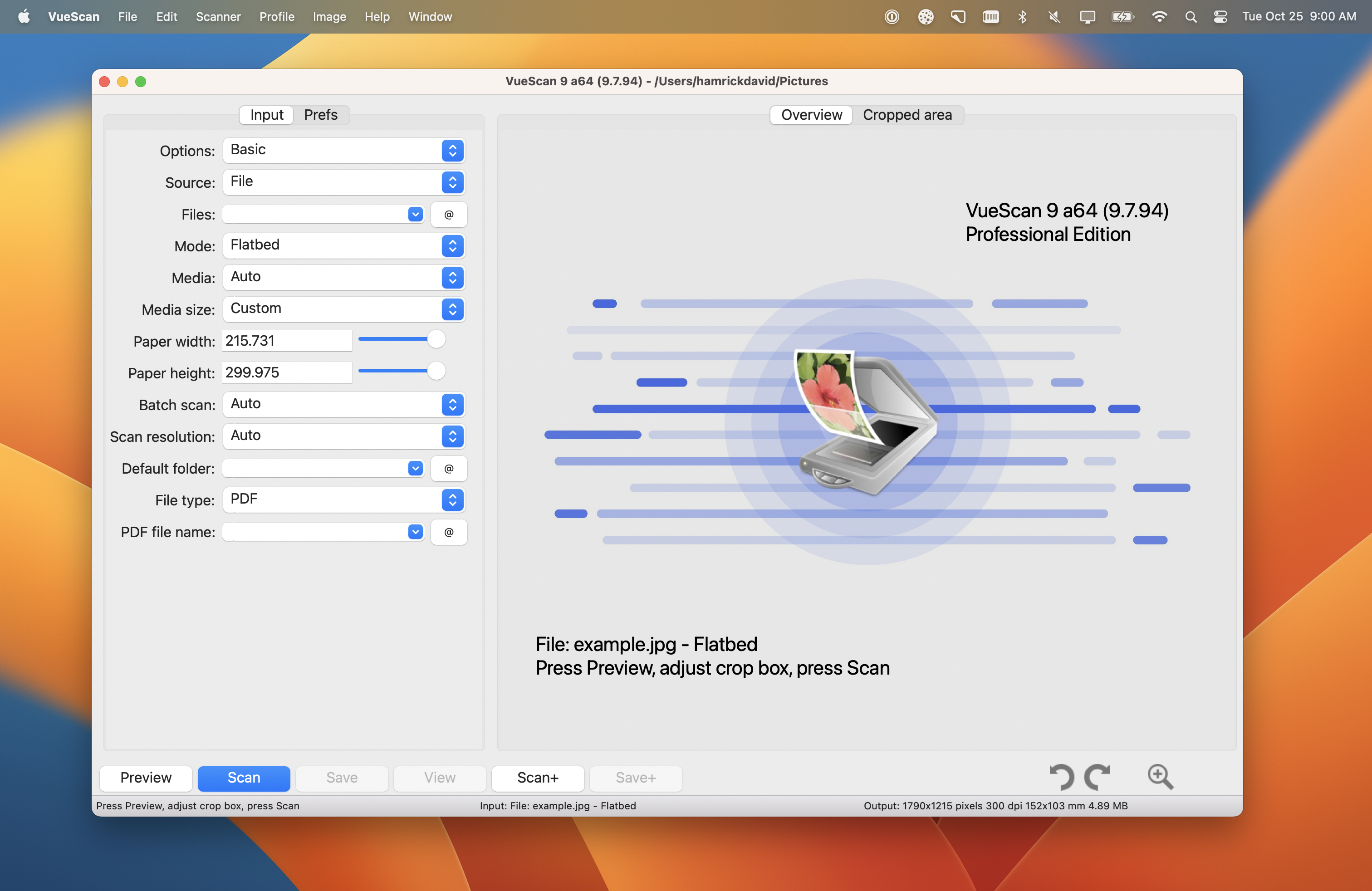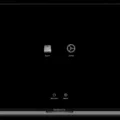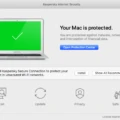Installing macOS without a disc is possible, and it’s actually quite easy. Whether you’re looking to upgrade to an older Mac or just want to reinstall the system, you can do so without a physical disc. This guide will walk you through the steps to get your Mac up and running with the latest version of macOS.
First, you’ll need to download the macOS installer from Apple’s website. Depending on your Mac model, you may need a different installer – for example, if your Mac was released in 2020, then you’ll want the Catalina installer. Once downloaded, open the installer and follow the onscreen instructions to begin the installation.
Next, restart your Mac while holding down Command+Option+R. This will boot your computer into Internet Recovery Mode which allows you to install macOS without a physical disc. Once the Recovery Mode has loaded, select Reinstall macOS from the utility window and click Continue. On the next screen, select your current macOS volume (in most cases this will be the only one available).
Once selected, follow any remaining instructions until the installation is complete. Your Mac should now be running its latest version of macOS! It’s worth noting that any data stored on your machine prior to installation may be lost during this process – make sure you back up important files before continuing.
With these steps in mind, installing macOS without a disc is simple and straightforward – no physical media is required! If you ever need to reinstall or upgrade your system again in the future, just remember these steps and you’ll be good to go!
Installing OSX on a New Hard Drive Without a Disc
Installing OSX on a new hard drive without a disc is possible using Internet Recovery Mode. To do this, power up your Mac and hold down the option+command+R keys to boot into Internet Recovery Mode. Once in this mode, select the option to install OSX from the internet. This will download the relevant OSX installer from Apple’s servers and create a USB installer that you can use to boot your Mac. After booting up from this USB installer, you will be able to install OSX on your new hard drive with ease.

Source: trustedreviews.com
Installing MacOS Manually: Is It Possible?
Yes, you can install macOS manually with the help of macOS Recovery. To do this, first, restart your Mac and hold down Command + R until the Apple logo appears. This will launch macOS Recovery, where you can select Reinstall macOS to begin the installation process. Make sure to follow the onscreen instructions and enter your login password when prompted.
Reinstalling MacOS Manually
To reinstall macOS manually, you need to start up your computer in macOS Recovery Mode. To do this, restart your Mac and hold down the Command (?) and R keys until the Apple logo appears on your screen.
Once in Recovery Mode, open the “Reinstall macOS” application. You will then be given a choice of which drive to install macOS on. In most cases, you should select your current macOS volume. After that, click “Continue” and follow the onscreen instructions to complete the installation process.
It is important to note that manually reinstalling macOS will delete all of your existing files and settings, so make sure you have a backup of any important data before proceeding.
Installing macOS on a Wiped Mac
If you have a wiped Mac and want to install macOS, you can use the macOS Recovery feature. To access macOS Recovery, start up your Mac while holding down Command-R. This will boot into a special environment with access to Disk Utility, Terminal, and other utilities that can help you install macOS.
From the main macOS Recovery screen, you can choose to reinstall the version of macOS that was originally installed on your Mac or download the most recent compatible version from the internet. Once downloaded, you’ll be asked to follow a few steps in order to complete the installation. These steps include selecting your language and agreeing to Apple’s software license agreement. Once these steps are completed, your Mac will be ready for use with its original version of macOS installed.

Source: macworld.com
Troubleshooting MacOS Installation Issues
If your Mac is displaying a message saying “macOS could not be installed”, there are several things you can try to resolve the issue.
1. Restart: The first step is to restart your Mac and attempt the installation again.
2. Check Date & Time: Make sure that the date and time settings on your Mac are correct. To do this, go to Apple menu > System Preferences > Date & Time and make sure that “Set date and time automatically” is checked.
3. Free up space: macOS requires a certain amount of free space on your hard drive in order to install successfully. Check to see if you have enough free space on your hard drive by going to Finder > Applications > Utilities > Disk Utility and selecting your hard drive from the sidebar. If you don’t have enough free space, try deleting some files or moving them to an external drive temporarily until you have enough room for the installation process to complete successfully.
4. Delete the installer: If you’ve previously tried installing macOS without success, delete any installer files from the Applications folder before attempting again.
5. Reset NVRAM: Resetting NVRAM (non-volatile random-access memory) can help if your Mac is having trouble recognizing new hardware or software after a macOS update or installation attempt has failed. To reset NVRAM, shut down your Mac then press and hold Command + Option + P + R keys simultaneously as soon as you hear the startup sound (release them once you hear it again).
6. Restore from backup: If all else fails, restoring from a recent backup may help resolve the issue with macOS, not being installed correctly on your Mac.
7. Run Disk First Aid: It’s also worth running Disk First Aid which can check for errors on your hard drive that might be preventing macOS from installing correctly – go to Finder > Applications > Utilities > Disk Utility then select First Aid at the top of the window and click Run at the bottom right corner of the window to initiate a scan of your hard drive for any errors which may need fixing before attempting another installation of macOS again.
Downloading MacOS Installer
You can download the macOS installer from the App Store. To do so, go to the App Store on your Mac and search for the version of macOS you want to install. Once you find it, click the Get button to begin downloading the macOS installer. After downloading to your Applications folder, the installer will open automatically. Follow the onscreen instructions to complete the installation.

Source: macrumors.com
Reinstalling MacOS on Boot
Reinstalling macOS on boot requires the following steps:
1. Turn on your Mac and press and hold the power button until you see the startup options window. This window will show all of your bootable volumes.
2. Select the volume containing the bootable installer, then click Continue.
3. When the macOS installer opens, follow the onscreen instructions to reinstall macOS. Make sure to back up any important data before continuing with this process.
4. During installation, your Mac might restart several times and show various progress bars. Allow it to complete each step before continuing with the next one.
5. Once installation is finished, you will be asked to set up your Mac by entering your user information and other preferences. Follow these steps as prompted and then you should be able to enjoy a freshly installed version of macOS!
Installing MacOS From ISO File
Yes, you can install macOS from an ISO file. To do this, you will first need to create an ISO file of the macOS Big Sur operating system from the installer application. This can be done by opening the “macOS Big Sur Installer” app, going to the “Tools” menu, and selecting “Create a bootable installer”. Once the ISO file has been generated, it can be used to install macOS Big Sur into various virtual machines including VirtualBox and VMWare, and it can also be used to burn to various media including Blu-Ray, SD Cards, external hard drives, and USB Flash drives.

Source: apple.stackexchange.com
Conclusion
In conclusion, macOS is a powerful, user-friendly operating system that provides a robust and secure experience for users. It is intuitive and easy to use and offers numerous features to make computing enjoyable. macOS also has great compatibility with other devices and services, making it a great choice for everyday use. Whether you’re looking to upgrade an old Mac or just getting started with your first computer, macOS is a perfect choice.

